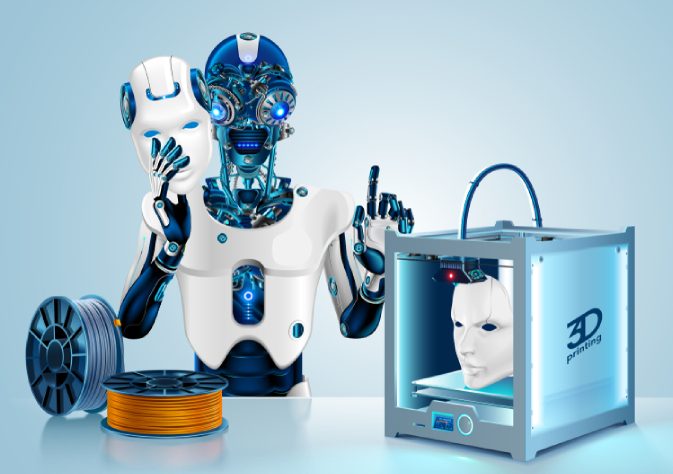Features of the micro-bristle 3D printed robot:
The rapid development in the robotics branch of science is indeed a welcome change in today’s technologically advanced era. The robots are experts in skilled and unskilled labor thereby meeting the requirements of manufacturing industries with ease. Robots are even finding their application in human-based activities to reduce our stress and work. As the demand for robots is increasing it is sure that the researchers will have to create innovative robots as per the current requirements and update the old ones.
The research scientists have created a 3D printed robot to complete the minor tasks. The 3D printed robots are also called as Micro-Bristle bots. They look tiny and cute but can manage mammoth micro tasks where a human cannot reach. Multiple micro-bristle robots can collaborate to give accurate changes to the environment. The developers of the micro-bristle robots even believe that one day these robots can repair body parts of humans.
The working methods of the micro-bristle robots
The micro-bristle robots work on vibrations and access motion through piezoelectric ally powered actuators. The actuator is stuck strongly on the polymer body of the micro-bristle bots.
The actuator is responsible for generating vibrations by SONAR or a tiny speaker. The piezoelectric shaker converts the sounds into required frequencies to enable mobility to the micro-bristle robot. The robot comes to life when the tuned frequency is matched with the actuator. The micro-robot has a springy structure with six legs up and six legs down. The only concern with the movement of the robots is the sound of the environment as it needs a specific pitch to work.
The microbots are about two millimeters and can move about 4 times their length in one second. The speed of the micro-bristle robot is directly proportional to the amplitude of the vibration.
Will the micro-bristle bots rule the future?
To make the micro-bristle work at different frequencies the scientist has designed a steering micro-bristle bot. The partnership of the duo can make the robot work at different pitches and frequencies. The complex computer-based software can be used to control the movements of the robots and the frequency of the sound.
The future version of these bots can possess sensors and work autonomously while detecting the desired frequency. So these micro-bots can prepare surgeries inside a damaged human tissue or cell. The micro-bristle bots are harmless as they don’t use any batteries to function.

